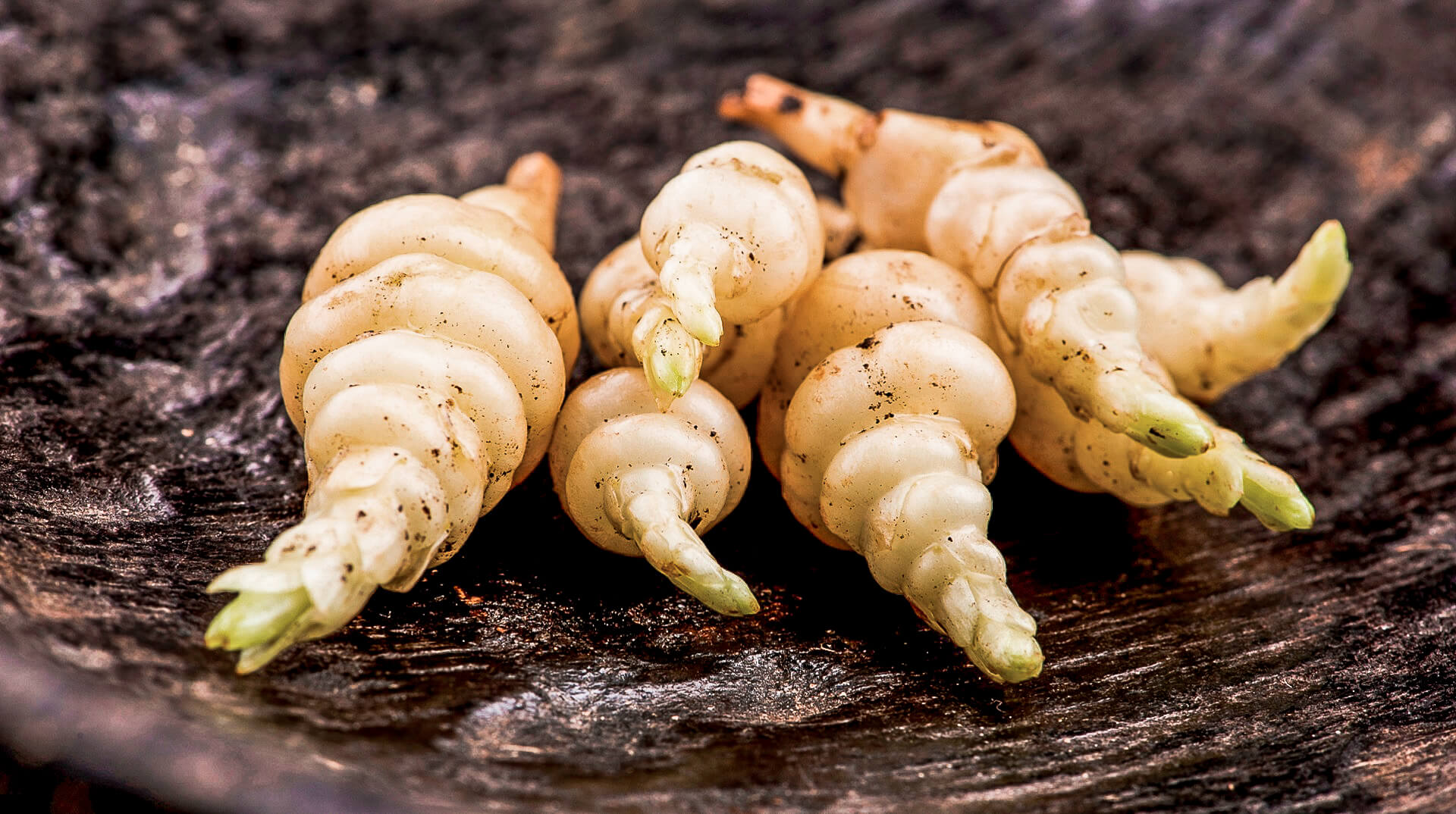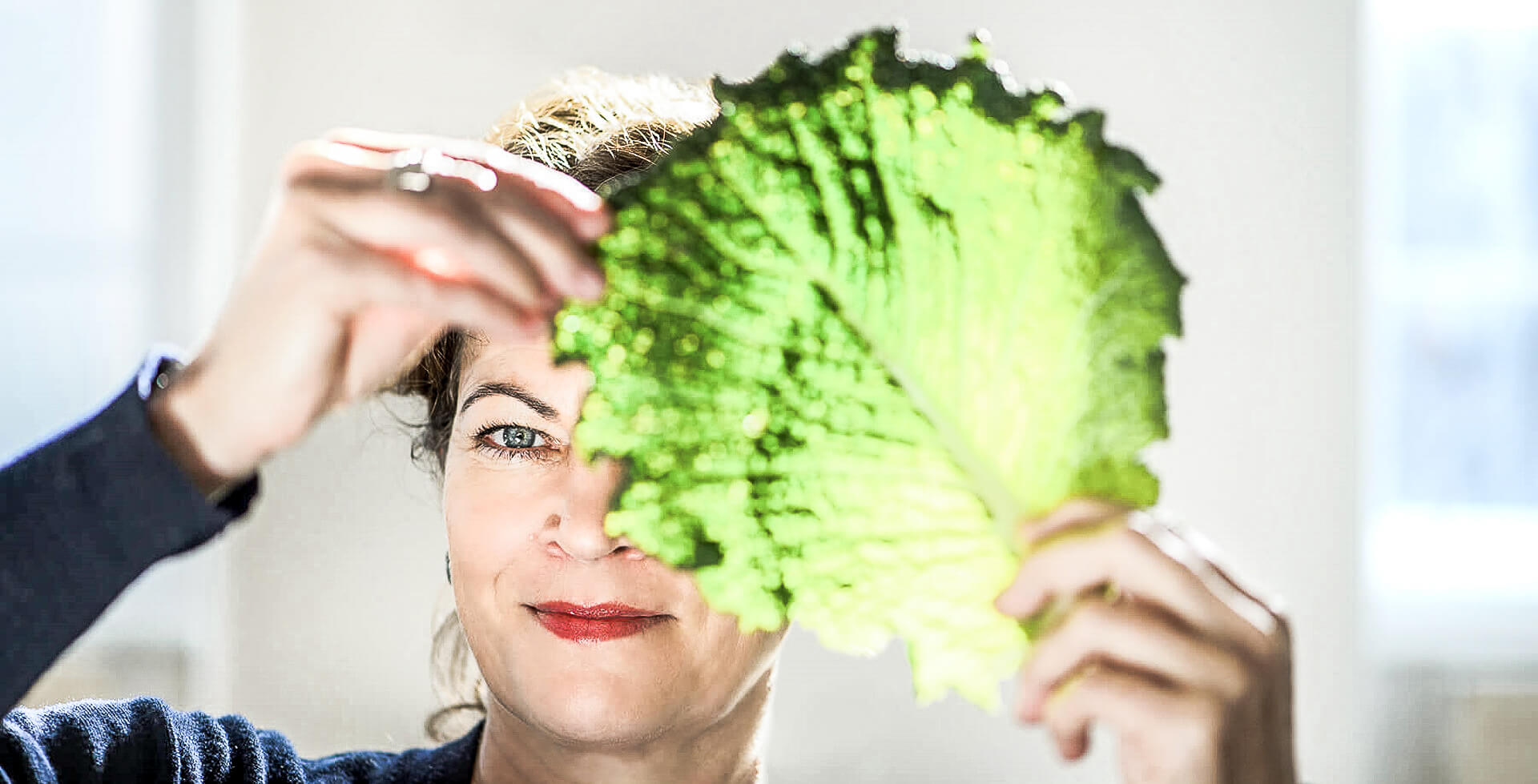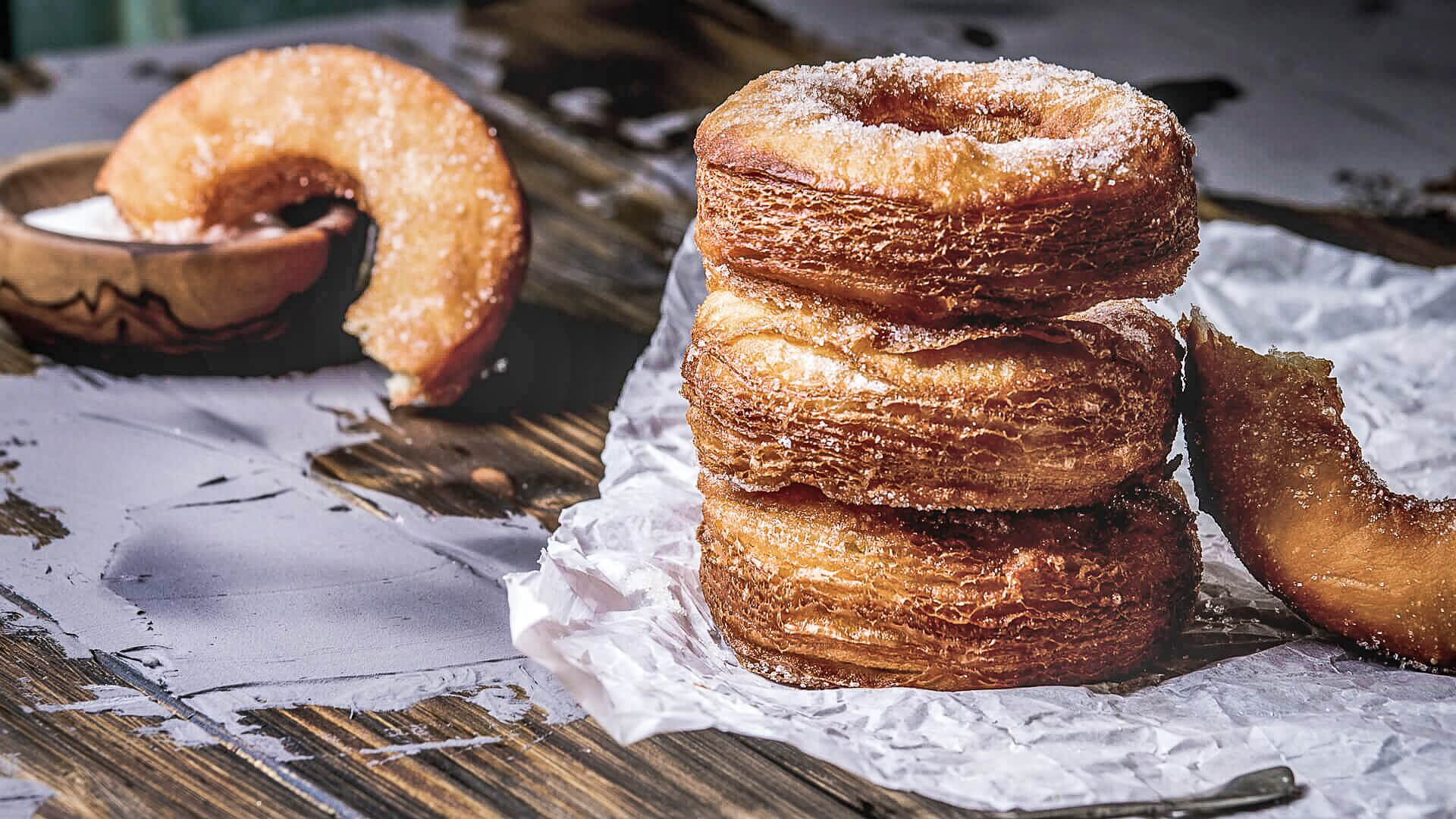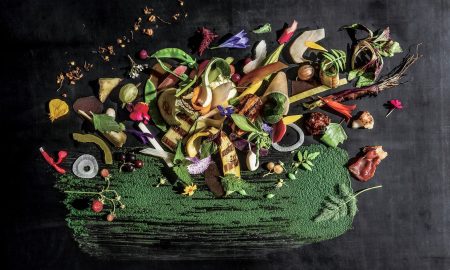Stachys the Michelin Male vegetable
Stachys, which is commonly referred to as the cistus, is a member of the labiates family and has between 300 and 360 different species growing all over the world, except in Australia and New Zealand. Gourmet chefs rave about the tuberous cistus (Stachys affinis), which, by the way, is the only labiate in Europe that is cultivated as a vegetable. Stachys affinis gets its not-so-flattering nickname, Michelin Man, from its rather subterraneously interesting appearance.
Sieh dir diesen Beitrag auf Instagram an
Origin
In keeping with their indigenous origins in China and Japan, where they thrive on mountain slopes and on wet to underwater areas at all altitudes, Stachys are also called Chinese artichokes or Japanese potatoes. The juicy and tender Stachys, which taste nutty and reminiscent of artichokes as well as salsify, are considered an unrewarding delicacy in the European region. Unrewarding in that the healthy and low-calorie stachys are very difficult to grow yourself: These winter vegetables can only be harvested by hand and, once washed, must be consumed within two days.
Processing
If you do not wash the Stachys after harvest, they only have a shelf life of 14 days, provided they are stored at a maximum of 35 degress Fahrenheit and high humidity. Classified as a rarity, Stachys are therefore imported into Europe with a few exceptions. What is the best way to prepare this little diva? Stachys can be cooked, fried in oil, served raw in salads, steamed in a wok, pickled or coated in sugar. Since the roots contain stachyosis instead of starch, they are also suitable for diabetics.
Sieh dir diesen Beitrag auf Instagram an















